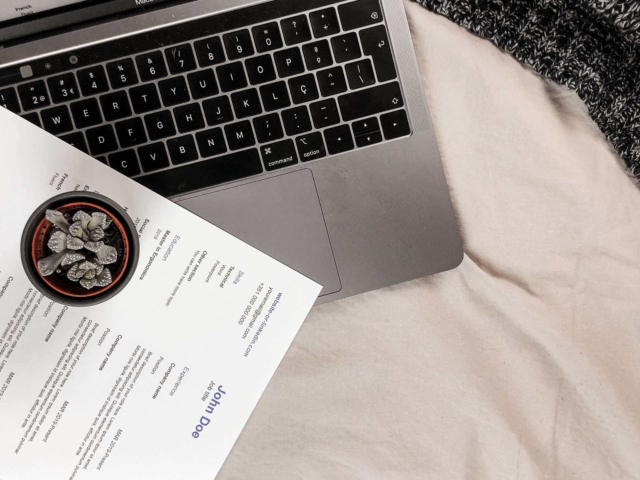Ensure gender de-biasing in recruitment with Oleeo.
It’s no great secret that gender diversity and inclusion have never been more central to business as uncertainty dominates headlines and continues to make waves globally.
Language is a key contributor to such bias. There is much evidence published that shows that subtle but systematic wording differences can influence job appeal negatively and increase gender inequality. These differences also exist in candidate CVs or resumes, and perpetuate biases – either unconsciously through the human recruiter or through machine learning representations.
Read more
Eliminating gender bias needs to include technology that helps amplify blind recruitment. Oleeo has sought to deliver gender de-biasing in recruitment. We have done this by seeking to establish features that may differentiate a male candidate’s CV or resume from a female candidate’s resume. We have considered if there are lexical, syntactic and semantic differences in the text that distinguishes male and female CV or resumes and if these differences are then perpetuated or amplified in machine learning representations of the resumes.

Intelligent Writing.
Using Oleeo technology, recruiters can determine if disparate impact on the gender minority may occur in the hiring process due to statistical differences in the underlying male and female CVs or resumes, manifesting as redundant encodings of gender information in machine learning representations of CVs and resumes. This is why gender de-biasing in recruitment with Oleeo is paramount.
Oleeo analysis has demonstrated how small, but statistically significant patterns, such as resume length, readability and use of certain words can easily lead to gender identification and influence a recruiter looking to achieve gender balance subconsciously. Findings that influenced this product include:
Whilst the statistical differences for CVs or resumes between different job sectors are very apparent, the differences in a specific job sector between male and female CVs or resumes was more subtle but still statistically significant. For instance, the number of sentences, words and unique words used in a CV or resume have distinct differences across job sectors.
However, there is a gender difference in that 90% of the top-10 male discriminant words are proper nouns and nouns, whereas only 68% of the top-10 female discriminant words are proper nouns and nouns. This indicates that proper nouns usage plays a big role in differentiating male and female CVs or resumes, which is not surprising as it encompasses given names which have gender connotations.

Intelligent Writing.
Even with blind recruitment methods applied, the redundant encoding of gender in machine learning representations could still be an issue and appears to be amplified, which could lead to disparate impact on the gender minority.
An add-on module to Oleeo Recruit, Intelligent Writing helps recruiters create gender-neutral job postings/descriptions, attracting more female candidates. Leveraging artificial intelligence, Intelligent Writing identifies gender biased words and recommends gender-neutral alternatives. This datasheet gives you more information on what the tool offers to help you ensure gender de-biasing in recruitment with Oleeo. Click the buttons below to read the datasheet or talk to us today about how we can assist with your gender de-biasing in recruitment needs.
